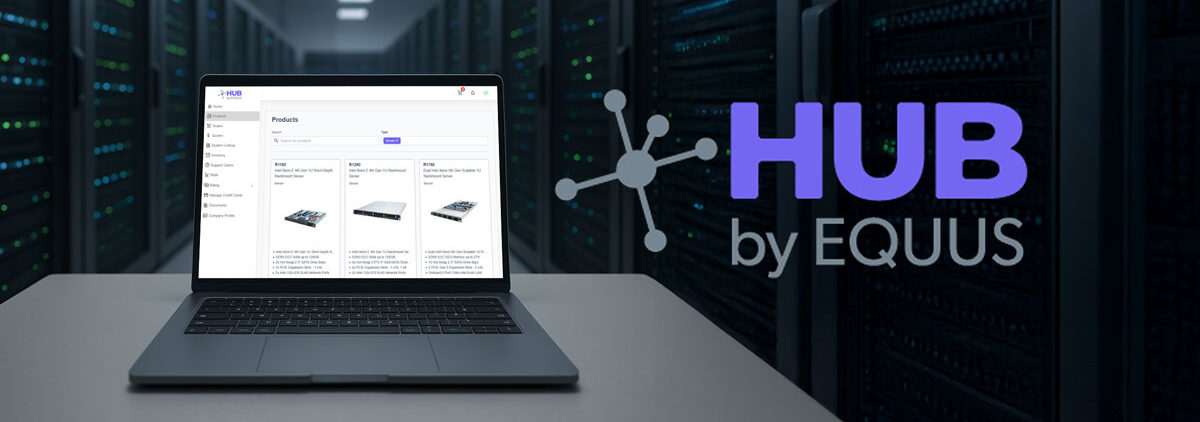Good communication is essential to business — especially for your business technology. Traditional data center paradigms slow down IT and deployment due to siloed infrastructure that’s inflexible and hard to utilize fully. And sluggish infrastructure capabilities run directly against modern computing needs, which reward agility and flexibility.
Organizations need a way to unify their company’s IT resources and manage them dynamically. Otherwise, they risk missing deployment schedules and failing to meet market demands. Composable infrastructure provides these capabilities.
Defining Composable Infrastructure
Composable infrastructure abstracts compute, storage, and networking resources from their physical locations. This abstraction allows computing resources to be pooled together and allocated wherever needed. Let’s look at an example of how this works in practice.
Say you have three separate server racks. When using the traditional static data center model, these server racks need to be configured specifically for the applications that run on them. If resources need to be reallocated, the server racks will need to be reconfigured, which may also include hardware changes.
Composable infrastructure changes this model by allowing hardware to be treated as fluid as software. Computing resources can be pooled together, regardless of which physical server rack they belong to, and reallocated on the fly.
Another benefit to composable infrastructure is treating infrastructure as code. This ability allows organizations to change physical hardware parameters as if they were codable elements. So, instead of needing to change the hardware to match application requirements, it’s possible to code infrastructure to meet the needs of your applications — enabling a standard hardware design to fit a plethora of application needs.
Why Should Businesses Care About Composable Infrastructure?
Server usage is highly inefficient, with the average utilization sitting at 12-18%. These low rates equal wasted energy and hardware investments. Underutilization is caused in part by static resources that take a high level of effort to reapportion. Composable infrastructure changes this state of affairs by enabling businesses to connect, assign, and manage pools of disaggregated devices, helping organizations:
- Save money
- Improve resource utilization
- Speed up deployment
With composable infrastructure, organizations can double or triple their resource utilization, improving the ROI on their infrastructure investments. Additionally, scaling your resources is much simpler since infrastructure as code eliminates the need for application-specific hardware.
The pace of technology has made speed a priority for businesses. It becomes much easier to test and deploy new applications with infrastructure that can be deployed when and where you need it. It also improves backup and recovery capabilities since data and applications can be migrated easily and, in many cases, without taking them offline.
Power Your Business With IT Agility
Upgrading your IT infrastructure doesn’t happen overnight. And while composable infrastructure is ideal for many modern use cases, some workloads are well suited for static data center models. Working with a partner who understands the ins and outs of high-performance computing will provide you with the expertise to build a strategy that best suits your needs.
Our team has decades of experience designing, deploying, and maintaining IT infrastructure. We can help you design solutions that are flexible and built to scale. Talk to our team about your computing requirements, and we’ll help develop your custom solution.








